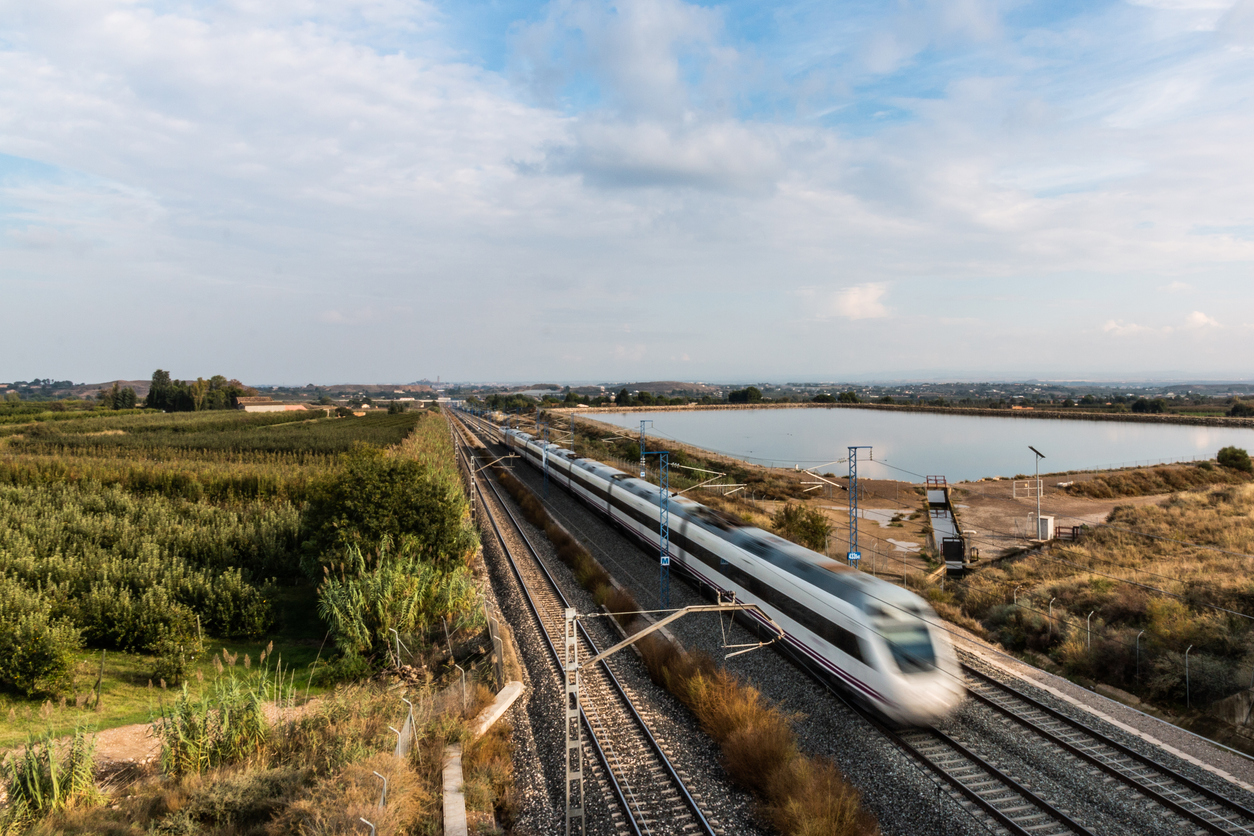Data Security and Identity Verification within Rail: OKMS and Beyond
The introduction of digital components into a rail network affords a multitude of operational enhancements never seen before by the industry. But with each new component introduced comes a new avenue of entry for cyber threat actors. Successfully managing these newly diversified environments using human interfaces is a very difficult achievement. Doing so while ensuring the security of network data & the integrity of asset identities is nigh-on impossible. Thankfully, modern digital technology offers a range of automation systems. Critically, however, these systems must be underpinned by a robust authentication management system, which constitutes much of the difficulty in their design and rollout.
Online Key Management System (OKMS)
To support this challenge Thales have worked closely with Network Rail to engineer an OKMS, built from the ground up with the complexity of rail networks specifically in mind.
Key Management solutions on top of PKI, Public Key Infrastructure Technology :
At its heart, the OKMS is a Key Management solution, underpinned by Thales own robust PKI technology, that facilitates, automates and secures the transmission of data between digital assets whilst simultaneously verifying the identities of those assets, enabling trust within the network.
Previous key management systems in use across the industry have been restricted to offline use. The OKMS is the first of its kind, using in-built connectivity capabilities to provide a far more agile level of automation.
This includes the exchange of safety critical data between trackside devices and in-cab ETCS (European Train Control System). ETCS enables fast, Europe-wide train connections, and Thales have played a vital role in its design & standardization, utilising Thales KMC (Key Management Centre) as its foundation. It prevents each train from exceeding its maximum speed, enabling maximum use to be made of the line and ensuring functional safety and security at the same time.








